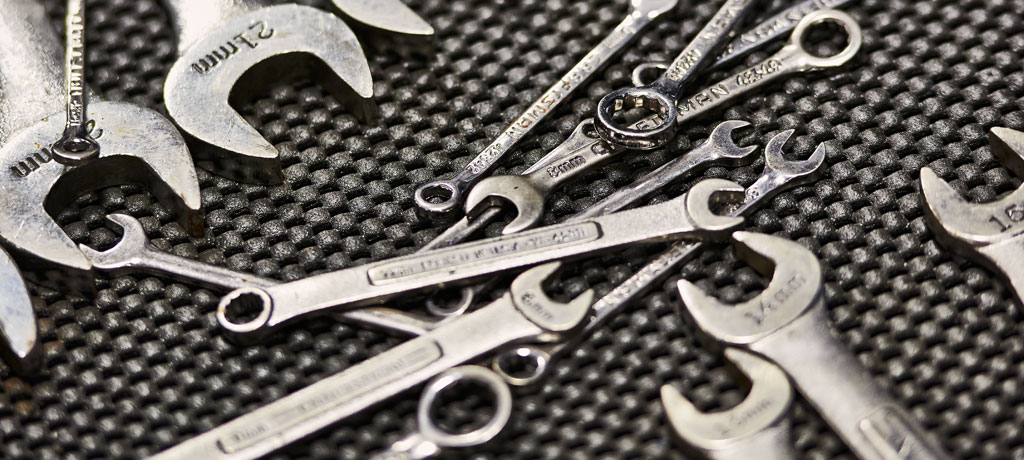
Tires don’t last forever, and no matter how carefully you drive, you’ll have to replace yours sooner or later. Shopping for new tires can be overwhelming sometimes, as there are many options to choose from and many factors to consider. Should you go with the best price you find, or is it worth it to invest in higher-end tires? And how do you know which tires will provide you with the highest level of safety, to say nothing of the greatest longevity?
The first rule of thumb is that new tires for an SUV are an investment. You don’t necessarily want to go with the cheapest option you can find, because doing so may mean you’re replacing them much more frequently—actually costing a lot more money in the long run. Doing your research, speaking to an auto technician, and seeking real value is far smarter.
Do You Need New Tires?
Before you start looking at specific types of tires, it’s important to know when exactly you need tire replacement. Tires need to have a minimum of 2/32 inch tread depth; anything less than that and it’s time to replace. Additionally, irregular wear on your tires necessitates early replacement. Make sure you’re getting your tires inspected and rotated regularly, as your technician will let you know when you reach one of these critical points.
In some instances, if you have irregular wear or simply one tire that has become damaged, you may be able to replace just one or two tires, not the full set. Generally speaking, though, replacing all four at once is the best option, as you can work to ensure even wear across all of them.
Choosing a Tire Replacement
If you do need to replace your tires—some or all of them—the first step is to determine the size you need. Generally, you’re going to want to replace your tires with something of the same size. There are several ways to identify the size of your current tires, but the easiest is just to check the sidewall of the tire itself, which should have the size printed on it. If you cannot locate this, you might look in your vehicle owner’s manual for some size recommendations.
It never hurts to check with your auto technician about the possibility of changing tire size, though. Downshifting to the next smallest size can often yield a smoother, gentler ride. You might also try “plus sizing,” which gives you a tire of the same height but a smaller sidewall, and in some cases improves handling. Going for a larger sized tire, meanwhile, can improve traction, appearance, and load carrying capacity. This last option is the most common among those who drive SUVs.
What’s ultimately important is making sure you do your due diligence, not only in getting your tires replaced when needed but in choosing a smart replacement size. This is something that you may want to enlist a tire expert or auto technician to help with.





